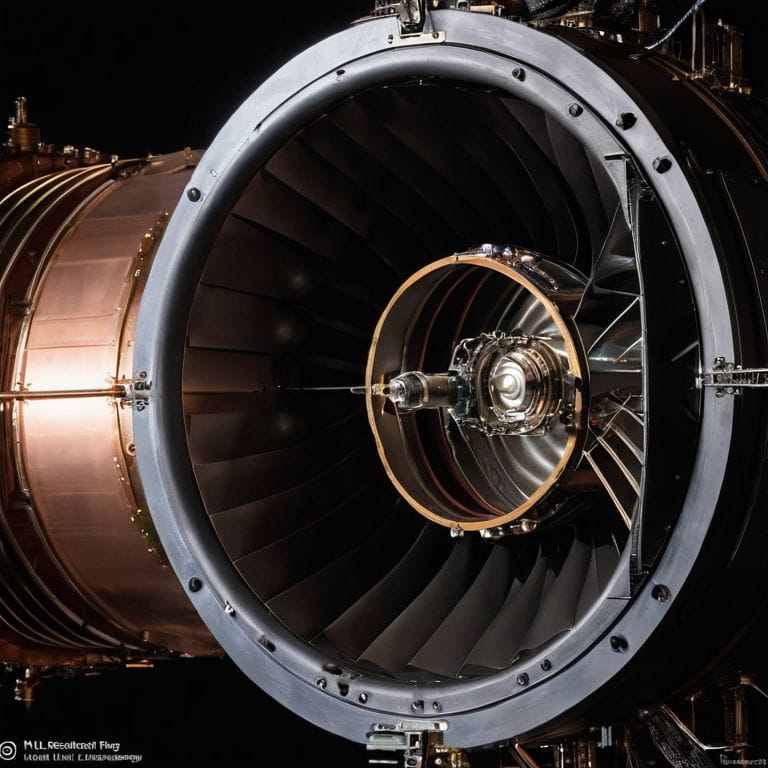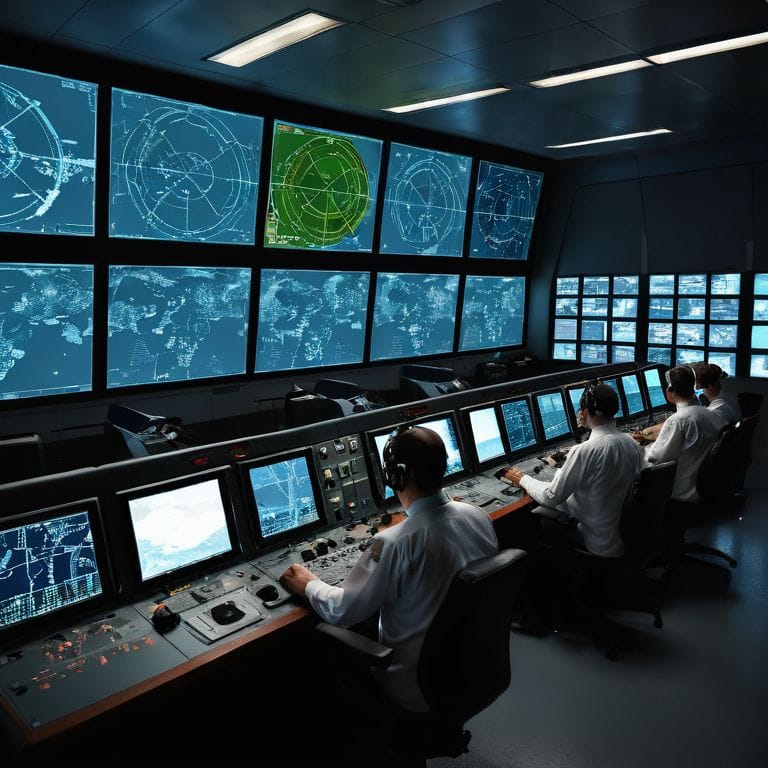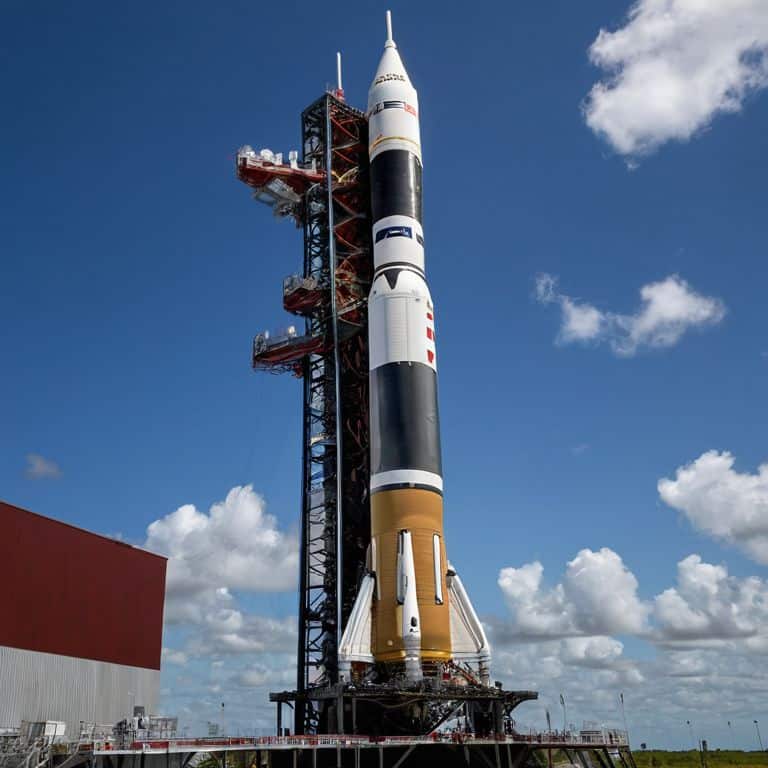I still remember the first time I heard someone explain what is an ion thruster in a way that sounded like magic. They made it sound like these devices were somehow defying the laws of physics, which only served to confuse and intimidate those interested in space exploration. As someone who’s spent their career designing aircraft and now writes to demystify complex technologies, I’ve always believed that the principles behind ion thrusters are not only understandable but also fascinatingly straightforward. The real magic, if you will, lies in the brilliant application of electromagnetic forces to generate propulsion in space.
In this article, I promise to cut through the hype and provide a no-nonsense explanation of what ion thrusters are and how they work. I’ll draw from my experience as an aerospace engineer to offer practical insights into the technology, focusing on the core principles that make ion thrusters efficient for space travel. My goal is to leave you with a clear understanding of what is an ion thruster and why it’s a crucial component in modern space exploration, without resorting to overly technical jargon or misleading simplifications. By the end of this journey, you’ll not only grasp the basics of ion thrusters but also appreciate the ingenious science that goes into making them a reality.
Table of Contents
Unlocking Ion Thruster Secrets
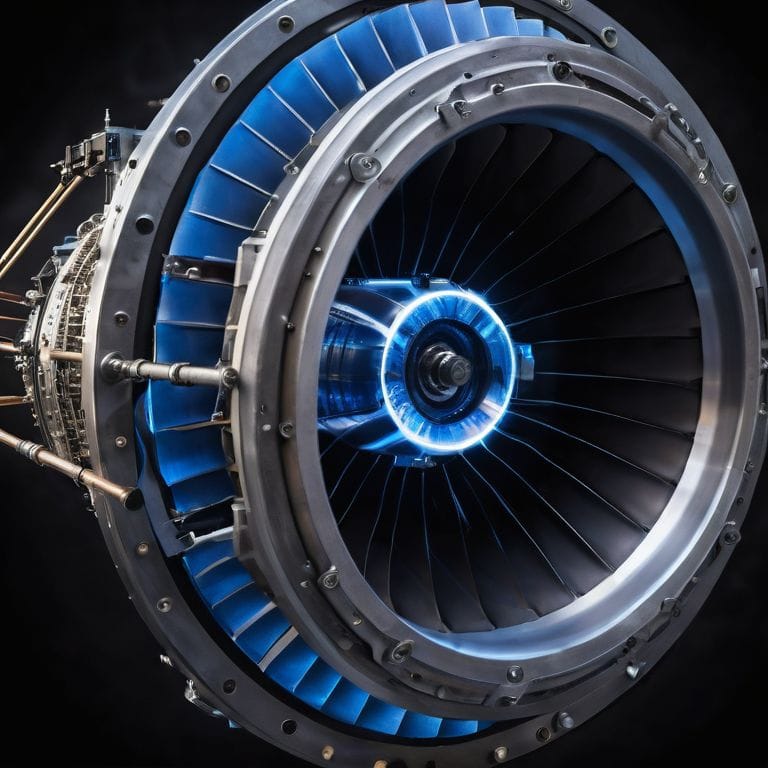
As I delve into the world of ion thrusters, I’m constantly amazed by the ion engine design that enables these devices to achieve unparalleled efficiency. You see, traditional chemical rockets are limited by their fuel capacity and the energy released by combustion. In contrast, ion thrusters utilize electric propulsion systems to accelerate charged particles, resulting in a significant boost to spacecraft propulsion efficiency. This is particularly crucial for deep space missions, where every ounce of fuel counts.
The beauty of ion thrusters lies in their ability to optimize fuel consumption, making them a game-changer for long-duration space flights. When comparing ion thruster fuel efficiency to that of chemical rockets, the difference is staggering. Ion thrusters can achieve specific impulses that are several times higher than their chemical counterparts, which translates to a significant reduction in fuel mass. This, in turn, enables spacecraft to carry more payload or travel farther on the same amount of fuel.
As researchers continue to push the boundaries of advanced ion engine technology, we’re seeing the development of even more efficient and powerful propulsion systems. The trade-off between ion thruster vs chemical rocket is becoming increasingly clear, with ion thrusters emerging as the preferred choice for many space missions. By leveraging the principles of electric propulsion, scientists and engineers are unlocking new possibilities for space exploration, and I must say, it’s an exciting time to be a part of this field.
Electric Propulsion Systems a New Frontier
As I delve into the world of ion thrusters, I’m reminded of the significance of electric propulsion systems in revolutionizing space travel. These systems have opened up new avenues for spacecraft design, enabling more efficient and longer-lasting missions. By harnessing the power of electricity, ion thrusters can achieve remarkable specific impulse, a measure of the efficiency of a propulsion system.
The beauty of electric propulsion lies in its ability to accelerate charged particles to incredibly high speeds, resulting in a significant increase in thrust-to-power ratio. This makes them ideal for deep space missions where fuel efficiency is paramount.
Ion Engine Design the Efficiency Edge
As I delve into the world of ion engines, I’m constantly amazed by their efficiency. The design of these engines is a masterclass in optimizing performance, with every component working in harmony to produce a remarkable amount of thrust.
The key to their success lies in the way they utilize electricity to accelerate charged particles, resulting in a significant increase in propulsion efficiency.
What Is an Ion Thruster
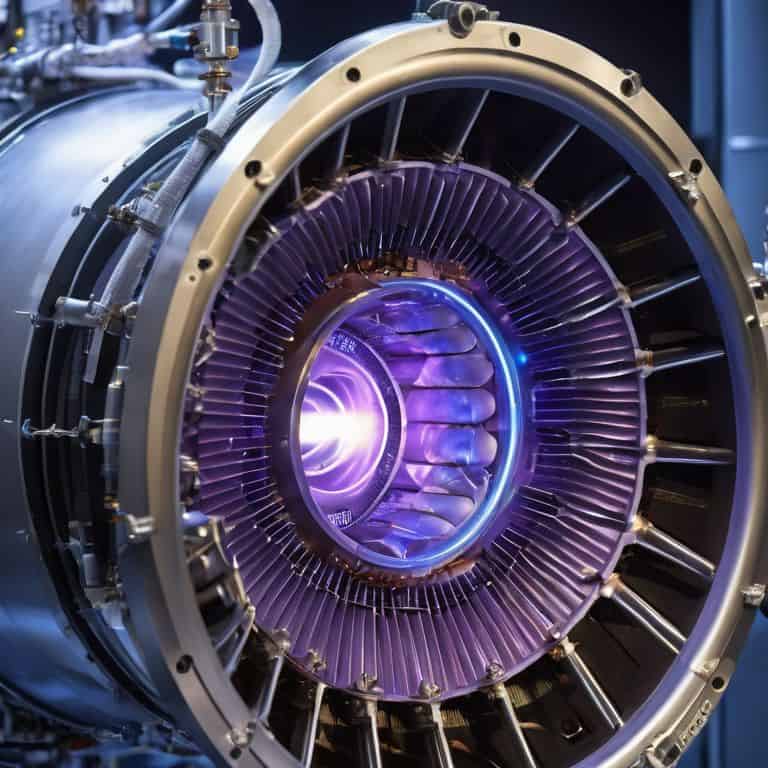
As I delve into the world of ion thrusters, I’m reminded of the ion engine design that has revolutionized spacecraft propulsion efficiency. At its core, an ion thruster is a type of electric propulsion system that uses electricity to accelerate charged particles, such as xenon gas, to generate thrust. This innovative approach has opened up new possibilities for deep space mission propulsion, enabling spacecraft to travel farther and longer than ever before.
One of the key advantages of ion thrusters is their fuel efficiency, which far surpasses that of traditional chemical rockets. By using electrical energy to accelerate ions, ion thrusters can achieve a much higher specific impulse, or efficiency, than chemical rockets. This means that spacecraft can carry less fuel and still achieve their mission objectives, making them ideal for long-duration missions. The comparison between ion thruster vs chemical rocket is striking, with ion thrusters offering a much more efficient and reliable option for spacecraft propulsion.
The development of advanced ion engine technology has been a game-changer for space exploration. With the ability to achieve high thrust-to-power ratios, ion thrusters are now being used in a variety of spacecraft, from small satellites to large interplanetary missions. As we continue to push the boundaries of space travel, the role of ion thrusters will only continue to grow, enabling us to explore deeper into space than ever before.
Advanced Ion Engine Tech for Deep Space
As I delve into the world of ion thrusters, I’m constantly amazed by the cutting-edge technology that’s being developed for deep space missions. One of the most significant advancements in this field is the use of advanced materials and designs that can withstand the harsh conditions of space.
The efficiency gains achieved through these new technologies are remarkable, allowing spacecraft to travel farther and longer than ever before. By optimizing the ion engine’s performance, scientists can now plan more ambitious missions to explore the vast expanses of our solar system.
Ion Thruster vs Chemical Rocket Fuel Efficiency
When comparing ion thrusters to traditional chemical rockets, one of the most significant advantages of ion thrusters is their fuel efficiency. This is because ion thrusters use electrical energy to accelerate charged particles, resulting in a much higher specific impulse, or efficiency, than chemical rockets.
In terms of actual numbers, ion thrusters can achieve specific impulses of up to 30,000 seconds, compared to around 450 seconds for chemical rockets, making them ideal for long-duration space missions where fuel is a critical factor.
5 Essential Insights to Understand Ion Thrusters
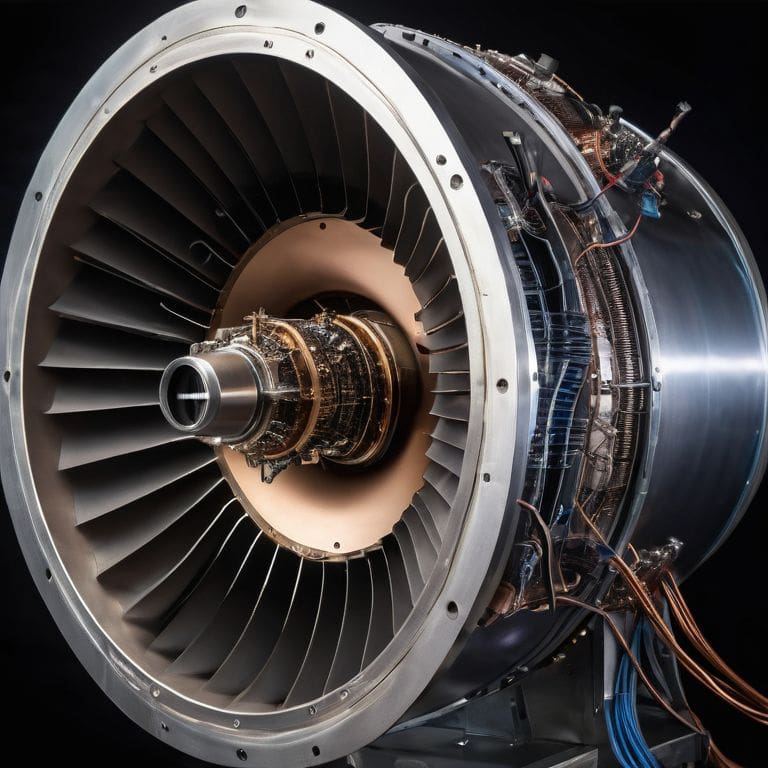
- Understand the Basic Principle: Ion thrusters work by accelerating charged particles, such as xenon gas ions, to generate thrust, which is a game-changer for long-duration space missions
- Recognize the Efficiency Advantage: Ion thrusters are significantly more fuel-efficient than traditional chemical rockets, making them ideal for deep space exploration where resupply is not an option
- Appreciate the Role of Electric Propulsion: Ion thrusters rely on electrical energy to accelerate the ions, which means they can achieve high speeds with much less fuel, revolutionizing space travel
- Consider the Challenges of Scaling: While ion thrusters are perfect for small, long-duration missions, scaling them up for larger spacecraft or missions that require rapid acceleration is a complex engineering challenge
- Stay Updated on the Latest Developments: Research into ion thruster technology is ongoing, with new advancements in materials, design, and propulsion systems being discovered regularly, which will further enhance their capabilities and efficiency
Key Takeaways: Unlocking the Power of Ion Thrusters
Ion thrusters represent a significant leap in space propulsion technology, offering unparalleled efficiency and specificity impulse compared to traditional chemical rockets, which makes them ideal for long-duration missions
The design and functionality of ion thrusters, including their use of electric propulsion systems, not only open up new frontiers in space exploration but also pave the way for more sustainable and cost-effective space travel
Understanding the principles behind ion thrusters, such as the acceleration of charged particles to generate thrust, is crucial for appreciating the ingenious engineering that goes into creating these systems and for inspiring future innovations in aerospace engineering
The Heart of Ion Thrusters
An ion thruster is not just a device, it’s a masterpiece of electromagnetic ingenuity that accelerates charged particles to generate thrust, embodying the perfect blend of physics, engineering, and innovation to redefine the boundaries of space exploration.
Simon Foster
Conclusion: Unlocking the Future of Space Travel
As we’ve explored the world of ion thrusters, it’s clear that these efficient engines are revolutionizing the way we approach space travel. From their unique design to their impressive fuel efficiency, ion thrusters are paving the way for deeper space exploration. We’ve discussed how they differ from traditional chemical rockets, with a focus on electric propulsion systems that offer a new frontier in space travel. By understanding the principles behind ion thrusters, we can better appreciate the incredible advancements being made in this field.
As we look to the future of space travel, it’s exciting to think about the role that ion thrusters will play. With their ability to provide continuous acceleration over time, these engines are poised to take us farther than ever before. As someone who’s passionate about the science of flight, I believe that ion thrusters represent a major breakthrough in our quest to explore the cosmos. By embracing this technology, we can unlock new possibilities for space travel and inspire future generations of engineers and astronauts to reach for the stars.
Frequently Asked Questions
How does an ion thruster achieve such high efficiency compared to traditional chemical rockets?
You see, ion thrusters achieve high efficiency by accelerating charged particles, like xenon gas, using electrical energy, which results in a much higher exhaust velocity than chemical rockets, thereby greatly improving fuel efficiency and overall performance.
What are the main components of an ion thruster and how do they work together to generate propulsion?
The heart of an ion thruster consists of three main components: the ionizer, the accelerator, and the power source. Essentially, the ionizer creates charged particles, the accelerator propels them at high speed, and the power source drives the entire process, working in harmony to produce efficient thrust.
Can ion thrusters be used for missions beyond deep space, such as interstellar travel, or are they limited to certain types of space exploration?
While ion thrusters excel in deep space, their application in interstellar travel is still largely theoretical. However, their high efficiency makes them an attractive option for long-duration missions, and researchers are exploring ways to adapt them for interstellar exploration, such as using advanced propulsion systems or exotic matter.
